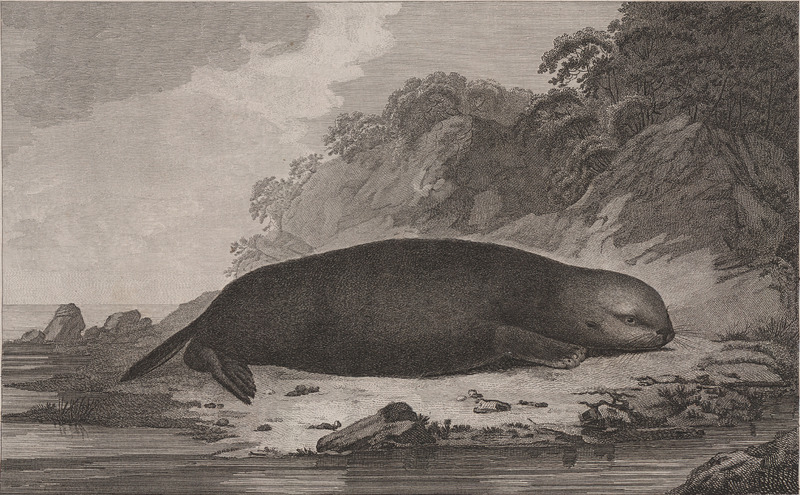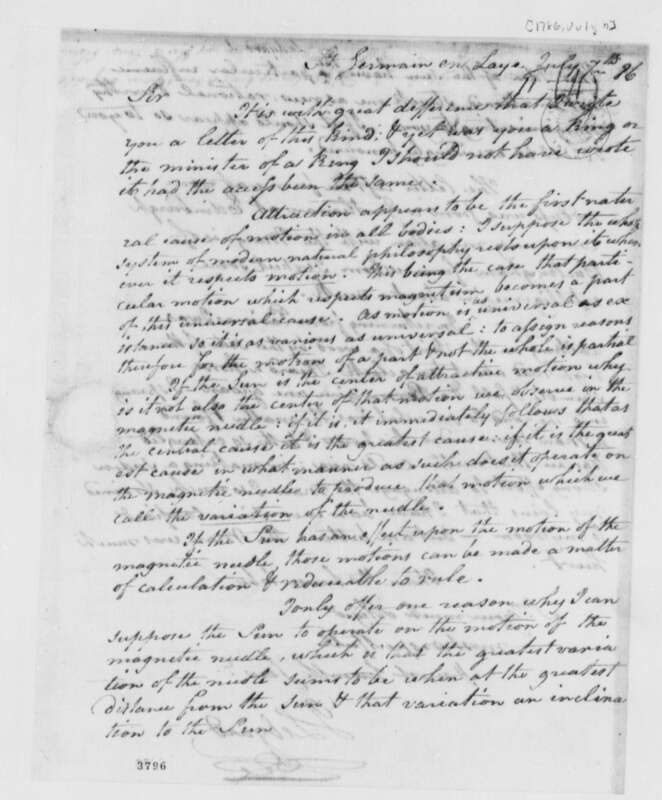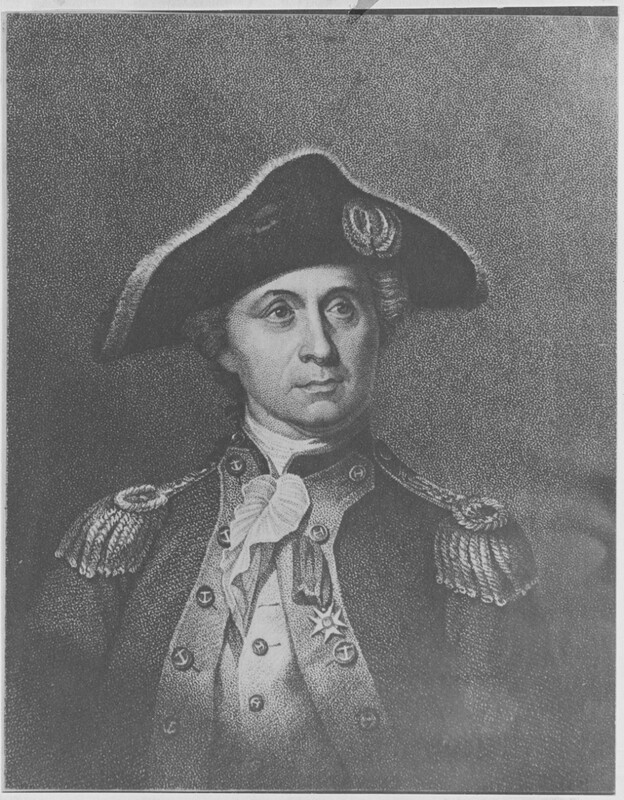Sea Otters and Imperial Design
Ledyard had the idea to make his fortune by tapping his knowledge of the Pacific Northwest and China trade. He made two great efforts to secure partners and finance for his grand plan, once with Revolutionary War financier Robert Morris and then as a partnership with a new acquaintance in France, Captain John Paul Jones. On paper, the idea was sound, establishing a triangular trade United States-fur factory around Nootka Sound or a similar area-Canton-United States. The United States were starved for trade goods valued in China, except two: ginseng and potentially fur.[1] The Morris partnership fell through due to funding only permitting one venture, loaded with ginseng from the Appalachian mountains, referencing Cook and Ledyard.[2]
Frustrated and broke, as he sold all rights to his book to the publisher for £20, Ledyard traveled to Lorient in France to consider his options. Not willing to give up his idea, he at made the acquaintance of John Paul Jones, whose wartime raids on the British Isles had caused Cook’s ships to take a longer and safer route to England. On its return voyage. Jones was intrigued by the possibility and entered a partnership with Ledyard, as they attempted to secure the shipping.[3] The venture collapsed in light of both English and French ventures to the Northwest Pacific for the same purpose, namely to establish trading posts and territorial claims. Jefferson understood the potential ramifications, directing Jones to report on the French activity, and forwarding his findings to the then American Secretary of State, John Jay.[4]
The King himself planned the Expedition, and made out all the Detail with his own Hand, before he spoke a Word of it to any Person. His Majesty defrays the Expence out of his private Coffer, and is his own Minister in every Thing that regards the Operations of his Plan. There is no Doubt but the perfectioning the Geography of the Southern Hemisphere is one of his Majesty’s Objects in View: and it is not difficult to percieve that he has others equally worthy the Attention of a great Prince; one of which may be to extend the Commerce of his Subjects by Establishing Factories at a future Day, for the Fur Trade on the North West Coast of America; and another to establish Colonies in New Holland, after having well explored the Coast, and made Experiments on the Soil of that vast Island, which is situated in so happy a Climate, and so contiguous to the Establishments of France in the East Indies.[5]
The young United States did not have the finances to support exploration or global diplomatic efforts, so the supercargo and masters of merchants filled some of those roles, whether official or not. Samuel Shaw, an investor who elected not to become involved with Ledyard’s proposal but did sail as supercargo on the one remaining vessel Morris financed, ensured upon his return Jay received a full accounting of how the ship and crew had been received and treated around the globe.[6] In the case of Ledyard, his failed attempts at commercial enterprise led him to Paris and the salon of Thomas Jefferson, which became the jumping off point for his next scheme, to discover the best route from Russia to the American continent and explore the path of the Mississippi.
Jefferson was already considering the ideas of exploring the continent to open it for the expansion of the United States. The riverine system and connections between rivers was critical to the Northwest Territories ceded by Great Britain and the westernmost of the colonies, such as Kentucky for the vital transportation of goods to markets. As the Jones venture collapsed for Ledyard, Jefferson and Ledyard discussed the idea of traveling across Russia to seek a passage to North America and then exploring the continent west to east.[7]
[1] Juliane Braune, “Strange Beasts of the Sea”: Captain Cook, the sea otter and the creation of a transoceanic American empire,” Atlantic Studies, 15:2. https://doi.org/10.1080/14788810.2017.1387462. P. 245
[2] Morrison, p. 12.
[3] John Paul Jones, Janette Taylor, and Robert Charles Sands. Life And Correspondence of John Paul Jones: Including His Narrative of the Campaign of the Liman. New York: [D. Fanshaw, printer], 1830. At https://catalog.hathitrust.org/Record/000315562
[4] The Papers of Thomas Jefferson Digital Edition, ed. James P. McClure and J. Jefferson Looney. Charlottesville: University of Virginia Press, Rotunda, 2008–2020. https://rotunda.upress.virginia.edu/founders/TSJN-01-08-02-0273 [accessed 20 Jul 2020]
[5] The Papers of Thomas Jefferson Digital Edition, ed. James P. McClure and J. Jefferson Looney. Charlottesville: University of Virginia Press, Rotunda, 2008–2020. At https://rotunda.upress.virginia.edu/founders/TSJN-01-08-02-0465


